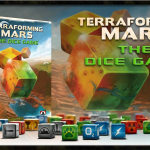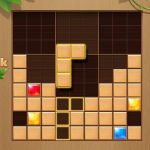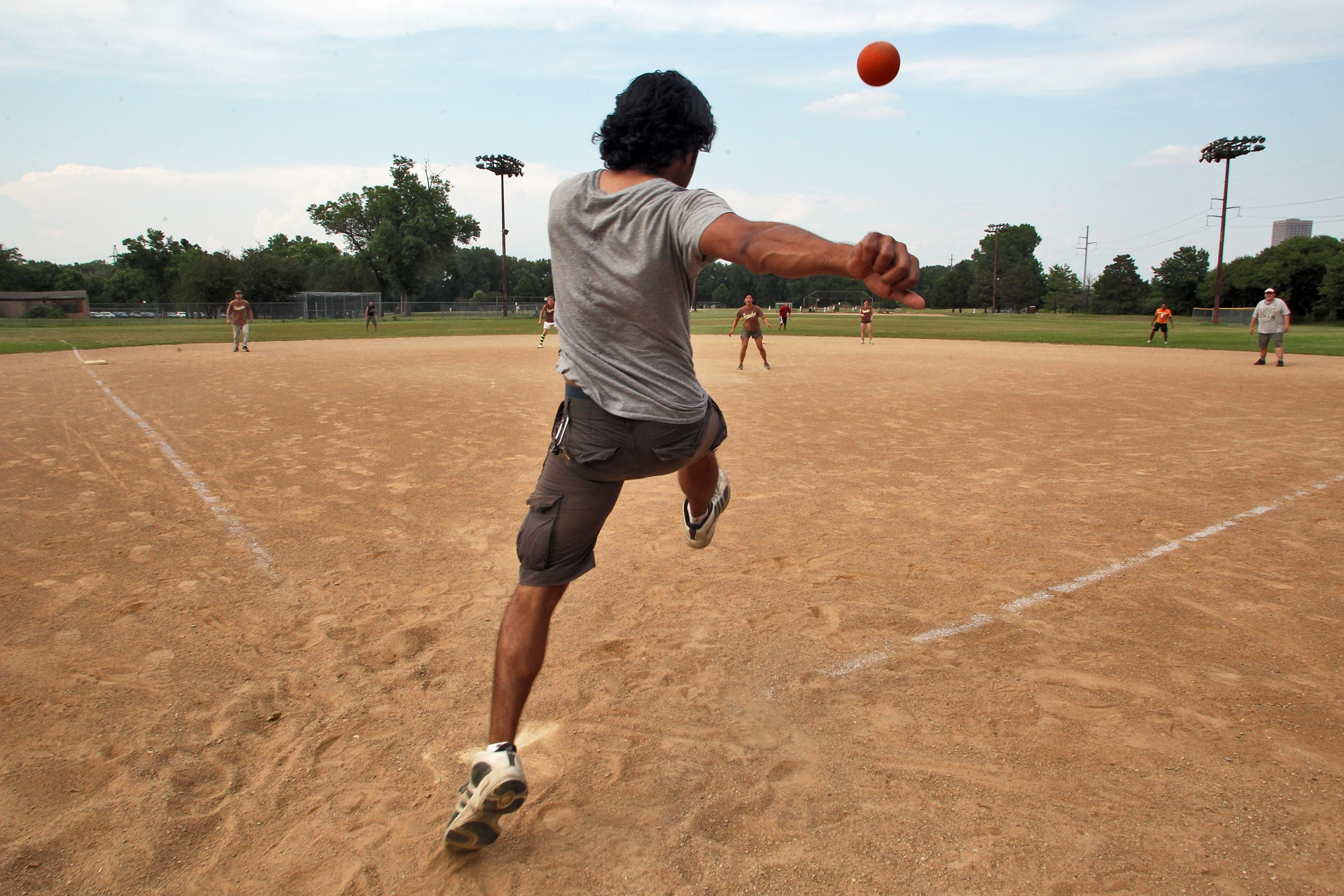Introduction
Tennis, a sport beloved by millions worldwide, is not only a test of skill and strategy but also a display of endurance and stamina. One of the common questions that arise among both casual observers and ardent fans is, “How long does a tennis game last?” The answer to this seemingly simple question is multifaceted, as the duration of a Tennis Game Last can vary widely depending on several factors. In this comprehensive exploration, we delve into the intricacies of Tennis Game Last, examining the variables that influence game length, the different formats of tennis matches, and the factors that contribute to the overall time taken to complete a match.
Factors Affecting Tennis Game Last Duration
Surface Type:
The playing surface significantly impacts the pace and duration of a Tennis Game Last. There are primarily four types of surfaces: hardcourt, clay, grass, and carpet. Hardcourts typically yield faster-paced matches compared to clay courts, where the slower surface tends to elongate rallies and extend the duration of points. Grass courts, known for their quicker pace, often result in shorter points and, consequently, shorter matches. The playing surface, therefore, plays a pivotal role in determining the duration of a Tennis Game Last.
Player Styles and Strategies:
The playing styles and strategies adopted by the competitors also influence the length of a Tennis Game Last. Aggressive players who rely on powerful serves and quick winners may finish matches more swiftly than defensive players who engage in lengthy baseline rallies. Additionally, players with strong serves can hold their service games quickly, while those with weaker serves may engage in more extended service games, thereby prolonging the match duration.
Weather Conditions:
Weather conditions, including temperature, humidity, wind, and precipitation, can have a significant impact on the duration of a Tennis Game Last. High temperatures may lead to longer breaks between points as players require additional time to recuperate and hydrate. Similarly, windy conditions can affect the trajectory of the ball, potentially altering the pace and duration of rallies. Rain delays or interruptions due to adverse weather conditions can also extend the overall duration of a match.
Player Fitness and Endurance:
The physical fitness and endurance levels of the players influence their ability to sustain a high level of performance throughout the match. Players who possess superior fitness levels are better equipped to endure long rallies and extended matches without experiencing significant fatigue. Conversely, players who struggle with fitness may tire more quickly, leading to longer matches as points become more drawn out.

Match Importance and Stakes:
The significance of the match and the stakes involved can impact the duration of a Tennis Game Last. Matches in prestigious tournaments such as Grand Slams or finals of major events often feature higher intensity and longer rallies, resulting in extended durations. Players may also adopt more conservative strategies in crucial moments, leading to longer matches as they strive to minimize errors and capitalize on opportunities.
Different Formats of Tennis Matches
Singles Matches:
Singles matches, featuring two players competing against each other, are the most common format in professional tennis. A standard singles match is typically best-of-three sets, with each set won by the player who first reaches six games, provided they are ahead by at least two games. However, if the set reaches a tiebreaker at six games apiece, the winner must secure a two-game advantage to claim the set.
Doubles Matches:
Doubles matches involve teams of two players competing against each other. The format of doubles matches is similar to singles matches, with the primary difference being that there are four players on the court instead of two. Doubles matches can feature a variety of strategies, including teamwork, communication, and coordinated shot placement.
Grand Slam Matches:
Grand Slam tournaments, such as Wimbledon, the US Open, the Australian Open, and the French Open, feature matches with extended formats. Men’s singles matches in Grand Slam tournaments are typically best-of-five sets, while women’s singles matches remain best-of-three sets. The longer format of Grand Slam matches can result in extended durations, especially in closely contested matches that go the distance.
Exhibition Matches:
Exhibition matches are non-competitive matches often held for entertainment purposes or charity events. These matches may feature modified formats or unconventional rules, allowing players to showcase their skills in a relaxed environment. Exhibition matches tend to have shorter durations compared to competitive matches, as the emphasis is more on entertainment than competition.
Factors Contributing to Match Duration
Length of Points:
The duration of points within a Tennis Game Last can vary significantly based on factors such as shot placement, shot selection, and player movement. Short points, characterized by quick winners or unforced errors, contribute to shorter match durations, while long rallies can extend the overall duration of the match.
Changeovers and Breaks:
Changeovers and breaks between games and sets provide players with an opportunity to rest, hydrate, and strategize. The duration of changeovers, typically lasting around ninety seconds, adds to the overall time taken to complete a match. Additionally, medical timeouts or injury-related breaks can further extend the duration of a match.
Umpire Decisions and Challenges:
Umpire decisions and player challenges can also impact the duration of a Tennis Game Last. Disputes over line calls, challenges to umpire rulings, and reviews of close calls through electronic line-calling systems can lead to interruptions and delays, prolonging the match duration.
Surface Type and Match Duration
The surface type is a fundamental aspect of Tennis Game Last that significantly influences match duration. Hardcourts, characterized by their fast pace and consistent bounce, often result in quicker points and shorter rallies. Players who excel on hardcourts typically possess powerful serves and aggressive groundstrokes, enabling them to dictate play and finish points swiftly. As a result, matches played on hardcourts tend to have shorter durations compared to other surfaces.
In contrast, clay courts offer a slower and more forgiving surface, allowing players more time to set up their shots and engage in extended rallies. The high bounce on clay courts necessitates a more patient and strategic approach, as players often rely on heavy topspin and defensive skills to outmaneuver their opponents. Consequently, matches on clay courts tend to be longer, with points lasting several strokes and games becoming more closely contested.
Player Styles and Strategies
The playing styles and strategies adopted by players also play a crucial role in determining match duration. Aggressive players who favor a high-risk, high-reward approach may finish matches more quickly by going for winners and dictating play from the outset. These players often have powerful serves and groundstrokes, allowing them to dominate points and overwhelm their opponents.
Conversely, defensive players who prioritize consistency and court coverage may engage in longer rallies and extended matches. These players excel at retrieving shots and extending points, forcing their opponents to hit additional shots to win. By prolonging rallies and wearing down their opponents, defensive players can extend the duration of the match and test the endurance of their adversaries.

Weather Conditions and Match Duration
Weather conditions can have a significant impact on match duration, particularly in outdoor tournaments. High temperatures and humidity levels can increase player fatigue and necessitate longer breaks between points and games. Players may also experience difficulty gripping the ball in sweaty conditions, leading to more unforced errors and longer rallies.
Wind can also be a factor, affecting the trajectory and flight of the ball. Strong gusts of wind can alter the direction of shots and make it challenging for players to control their placement. As a result, matches played in windy conditions may feature more errors and unpredictable outcomes, potentially extending the duration of the match.
Conclusion
The duration of a Tennis Game Last is influenced by a myriad of factors, including surface type, player styles and strategies, weather conditions, player fitness and endurance, match importance, and format of the match. While some matches may be completed swiftly with short points and decisive victories, others may extend over several hours, testing the physical and mental resilience of the players. Whether it’s a quick-fire encounter on a grass court or an epic battle in a Grand Slam final, the duration of a Tennis Game Last reflects the dynamic interplay of skill, strategy, and endurance on the court.










